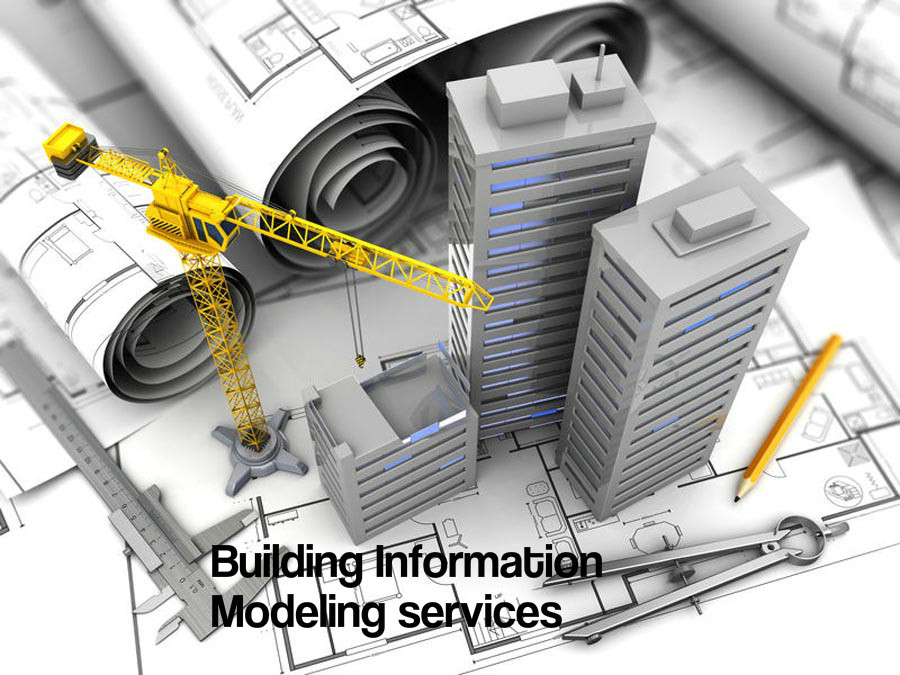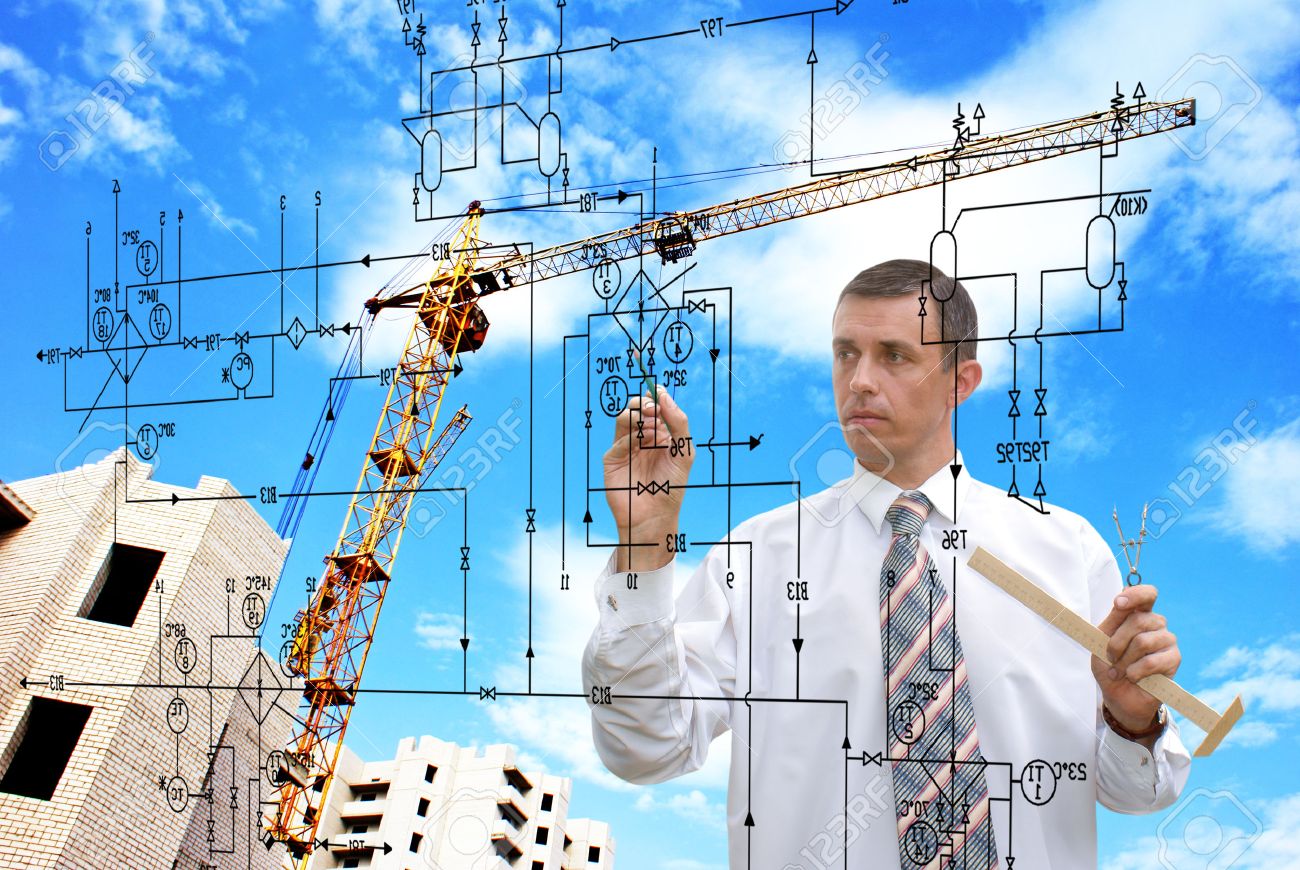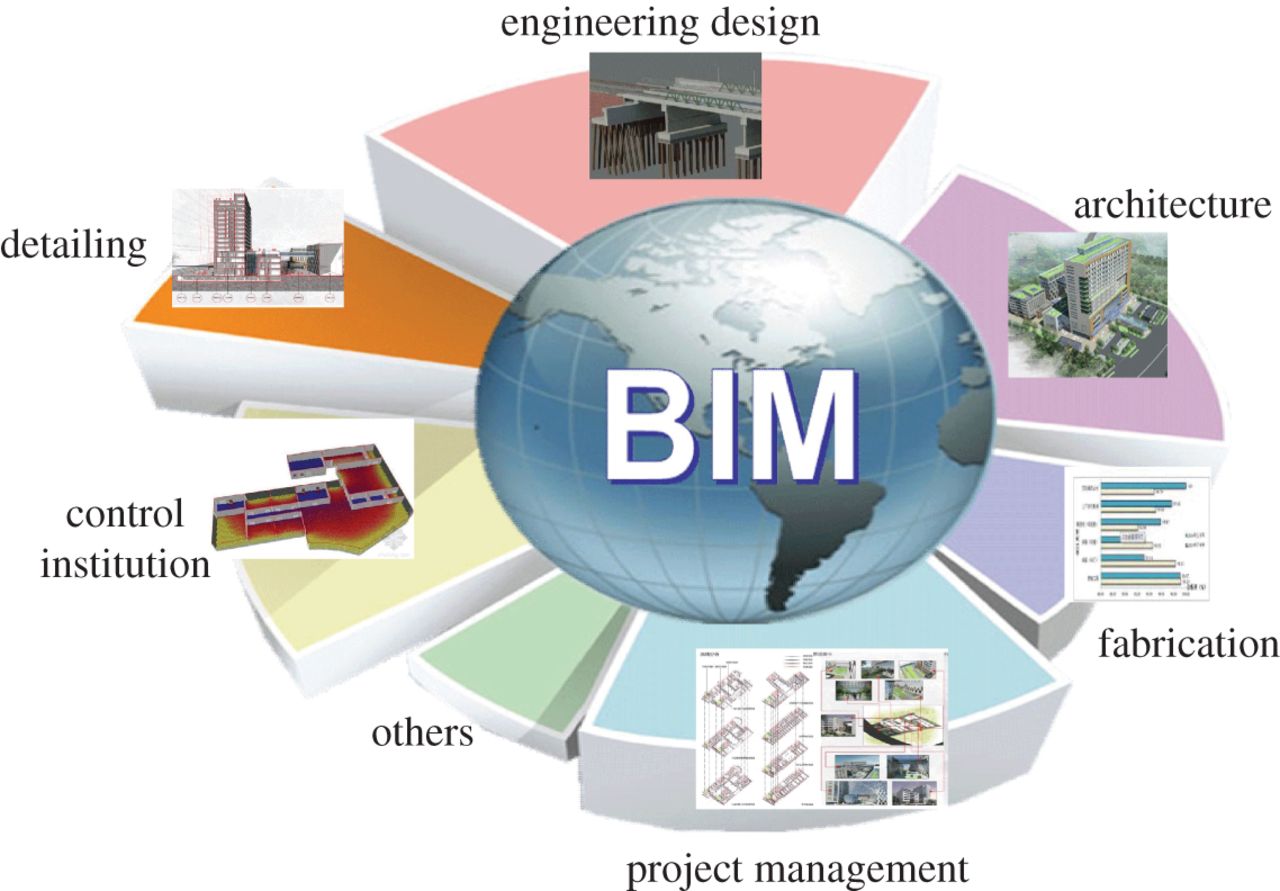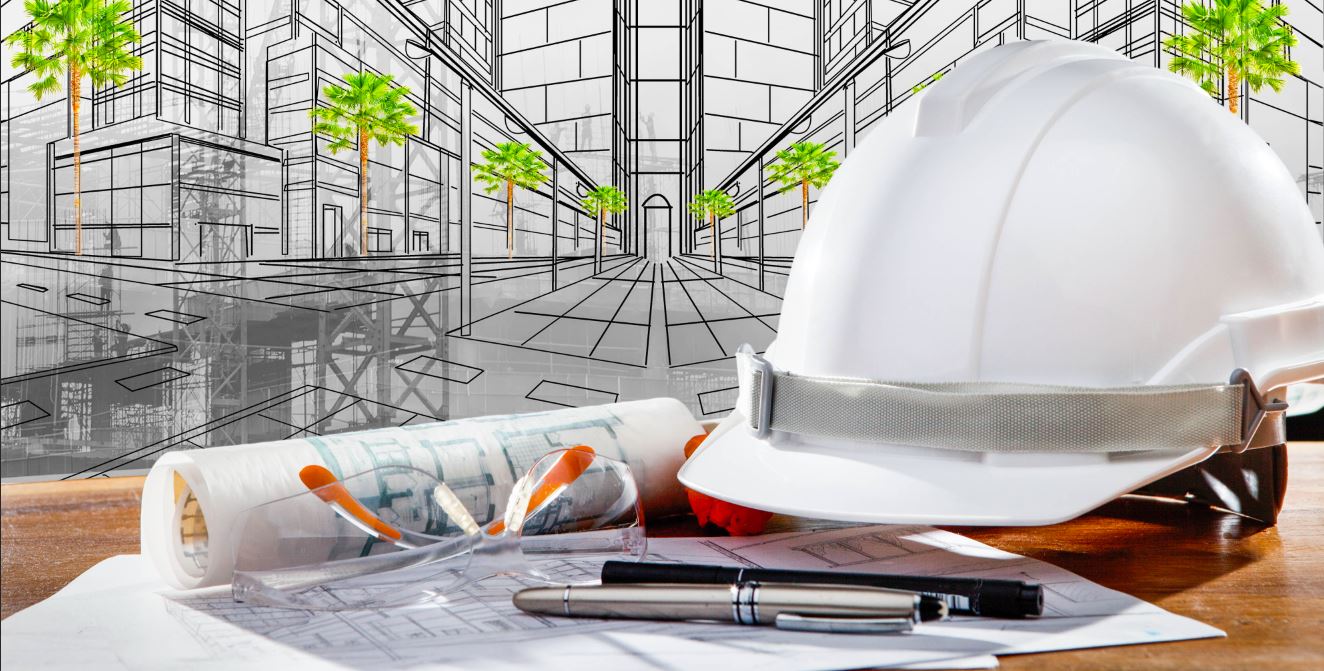
Drones, formally known as UAV (Unmanned Aerial Vehicles), were a part of the futuristic thinking but the invention of this technology has brought about a substantial change in the way we operate across industries. Over the last few years, the adoption of drones has risen by 239% in the architecture, engineering and construction (AEC) industry, according to a study. Drones have transformed the construction industry in a small time and now play a significant role in the planning, surveilling and data capturing process.
Drone technology is yet to enter the actual labour phase of construction but meanwhile, it provides data/information that allows project managers to analyse the construction site and design the process. The technology is budget-friendly, safe and faster. Here’s how:
1. Improved Collaboration: Drone technology collects on-site data (aerial view) of the construction site and upon connecting the data with a platform like BIM 360; it allows design teams, engineers, superintendents, owners, and contractors to access the imagery and other related data on their iPads and other devices. This enables stakeholders of the project to analyse the site, compare the progress and catch any discrepancies before they become a serious issue.
2. Improved Safety On-Site: The leading cause of nearly 39% of construction site deaths is falling. To prevent such fatalities on the site, firms are opting drone technology to replace having to climb any height to take manual measurements or engage in such activities. Drones minimize the need for workers to manually climb any building, eliminating risk and improving safety on-site.
3. Reduced Risk: Every task involves risks; in this context, the risks are both economical and physical. Professionals involved on-site may be under physical risk due to on-going construction and under economic risk of getting overcharged from the contractors who provide data with the help of any photogrammetry technology.
4. Reduced Expensive Mistakes: Prior coming to the location, or during the construction, drones help capture the environmental and physical attributes of the site. They can be equipped with cameras, geo-location sensors, infrared sensors, and more to achieve the same. The images clicked from drones can be printed into high-resolution images that can be accurately converted into 2D orthophotos and 3D models for obtaining the digital representation of the construction site. The data obtained from the images enables the stakeholders to understand the challenges that can be faced during the process and rectify them in advance.
5. Improved Project Updates: The rich data collected/captured by the drone technology is of great use to stakeholders and it has become an instant source of ROI. Construction is a continuous process and the stakeholders require project updates on a daily basis. Instead of hiring a professional photographer that may cost a bomb, investing in an autonomous drone operator for the regular updates will prove to be an instant ROI.
6. Mapping Construction Site: Earlier planes were flown over construction sites to get needed pictures to be able to map the construction sites or for regular updates. Post the invention of drones the cost and time involved for the same process has gone down to a fraction. The drones can be programmed to carry out the process and can send required data to the monitor through the right software so that it can be analysed and compiled in real-time.
Conclusion:
Drone technology has proved to be the most resourceful investment in the construction industry since its inception. From capturing 2D orthophotos and 3D models to publishing real-time data on monitors through BIM 360, it has helped save money, time, effort and enabled to make the most of the resources. Drones can be used to develop plans, track progress and monitor issues throughout the construction process. According to Ryan Moret, a construction worker turned drone pilot, “The cost of the tool is low enough the quality of the data we’re receiving is just intrinsically valuable when we see it.”
TechnoStruct is a leading name in the construction industry. It specializes in providing mechanical design solutions, construction solutions, solar engineering solutions, and engineering design solutions to commercial projects across industries, with a diversified range of services including but not limited to BIM, MEP engineering and designs, Mechanical Subcontractor, Solar, Electrical Subcontractor, and many more.
.



